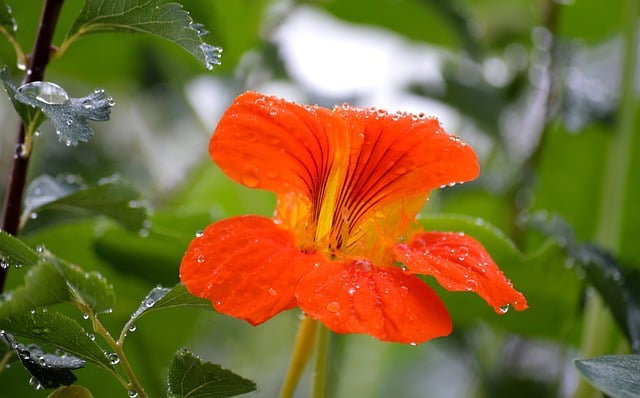Nasturtium provides ground cover and attracts pollinators for other plants, while other plants give it benefits like soil nitrogen and partial shade. Do not plant near other ground coverings.
When it comes to creating a thriving garden, companion planting can play a crucial role in promoting growth and health for all your plants, and Nasturtium is no exception. This beautiful plant offers a range of benefits, from attracting pollinators to the garden to providing excellent ground cover. But what plants work best when paired with Nasturtium?
The top 10 Nasturtium companion plants are:
- Cucumbers
- Squash
- Melons
- Pumpkins
- Zucchini
- Broccoli
- Cabbages
- Cauliflower
- Kale
- Radishes
Top 10 Nasturtium Companion Plants
Nasturtiums serve as companion plants for all the other flora in the yard, offering several advantages in addition to their deliciousness, vitamin content, and aesthetic appeal. Companion planting means strategically putting various plants near each other within a garden bed.
This method may improve the aesthetics of your garden design, ward against common pests, draw helpful insects, draw pollinators, and intensify the flavor of numerous veggies.
Nasturtiums are plants frequently grown as trap crops to catch squash bugs or aphids. Nasturtium companion plants can deter such pests from attacking vegetable species like tomatoes and squash. They also draw beneficial insects like hoverflies, which prey on destructive pests like aphids and pollinators.
More similar posts:
01 Cucumbers
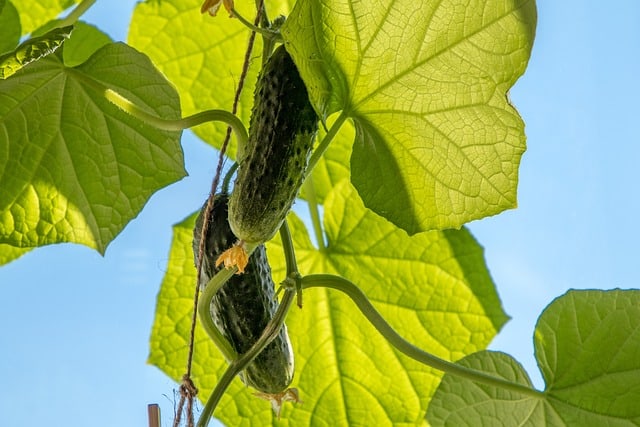
The cucumber is one of the greatest plants to grow with nasturtiums. The huge diversity of cucumber plants, their enormous benefits, and their modest height make them quite popular.
Mature Size: 6 – 8 inches tall and about an inch wide
Flowering: Both the male and female flowers on the cucumber plant are yellow.
Key Features: Cucumbers are fragile annual plants with prickly, juicy stems that trail. The plant may be supported by using the branching tendrils on the stem and the three or five pointed lobes on the hairy leaves.
02 Squash
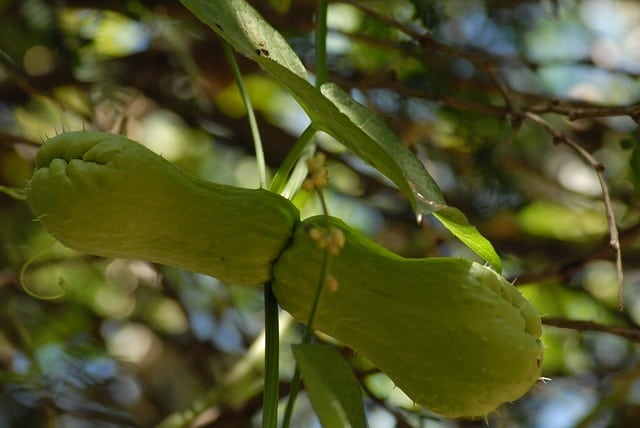
Another excellent plant to try planting alongside your nasturtiums is a squash plant. You just need to add one or two because they reach heights and widths of around 3 to 4 feet (depending on the size and form of your garden).
Mature Size: 36 – 48 inches tall and 48 or more inches wide
Flowering: In between 35 and 45 days, summer squash matures and starts to blossom; winter squash could take a little longer. The plants then produce fruit after blooming. Winter squash types require longer to mature the fruit than summer squash species, which may be picked soon after flowering.
Key Features: The 18 to 30-inch tall, erect, and spreading plants yield a wide variety of fruit shapes, from flattened through rectangular to elongate and irregular fruits, and their colors range from white to yellow, green, and multicolored.
03 Melons
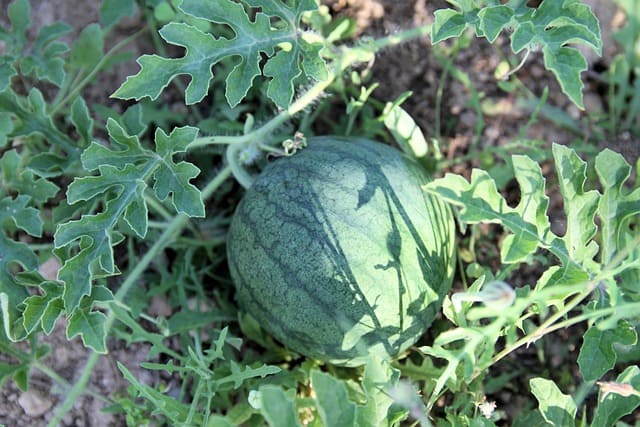
Plants from the melon family provide wonderful allies for nasturtiums. Melons only reach heights of a few feet, but they may reach lengths of up to four or five feet, so use them sparingly in your flower gardens.
Mature Size: 16 – 24 inches tall and 96 or more inches wide
Flowering: Stamens are present, which are pollen-coated stalks that protrude from the center of the bloom in male melon flowers. In addition to residing on top of an undeveloped, small melon, female flowers contain a sticky knob called a stigma to which the pollen will attach.
Key Features: Melons are prostrate vines with many branches that are gently-haired, spherical heart-shaped leaves, and tendrils that are not branched.
04 Pumpkins
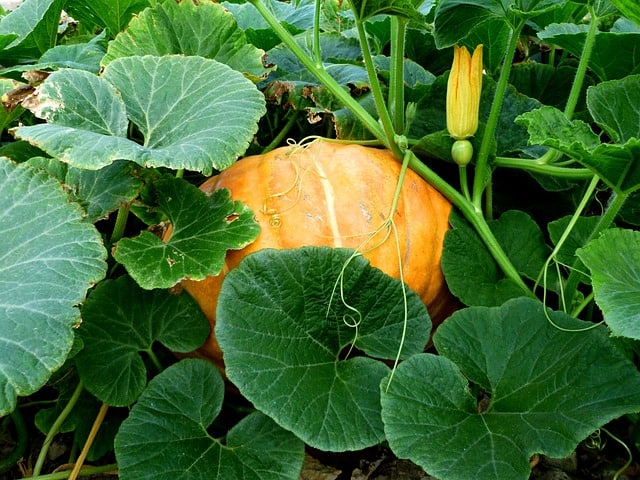
Pumpkins are a fantastic fruiting and flowering companion crop for nasturtiums since they only grow to a height of around a foot but may grow to a staggering 20 feet in length.
Mature Size: 9 – 18 inches tall and 10 or more feet wide
Flowering: Pumpkins flower around 8 weeks after planting and have both male and female flowers. However, only the female flowers will grow into pumpkins.
Key Features: Pumpkins range in shape from oblate to spherical to rectangular and are frequently yellowish or orange in color. Some have a white rind.
05 Zucchini
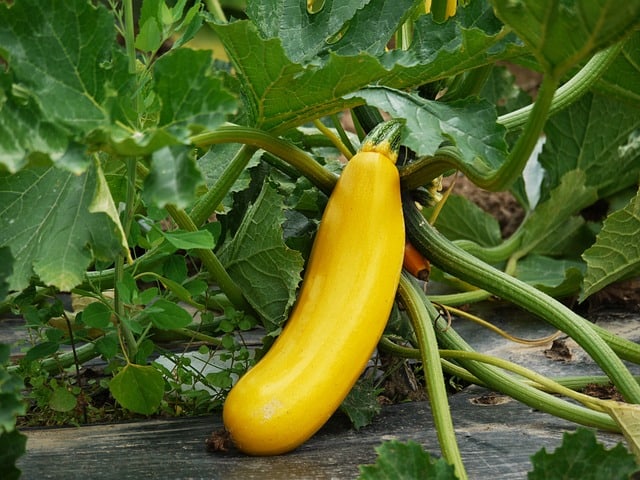
Zucchini plants are another fantastic and highly advantageous flower partner, similar to pumpkin and cucumber plants (health-wise). The fact that there are numerous varieties of zucchini to pick from makes it one of the best companion plants for nasturtiums.
Mature Size: 20 inches – 10 feet tall and 12 – 48 inches wide
Flowering: Zucchini flowers in the spring and fall will quickly produce vegetables as long as female flowers have the correct pollination.
Key Features: The zucchini is a slender, cylindrical vegetable with a stem end that is significantly smaller. Its natural color is dark green. After flowering, zucchini fruit matures swiftly and is picked 2 to 7 days later.
06 Broccoli
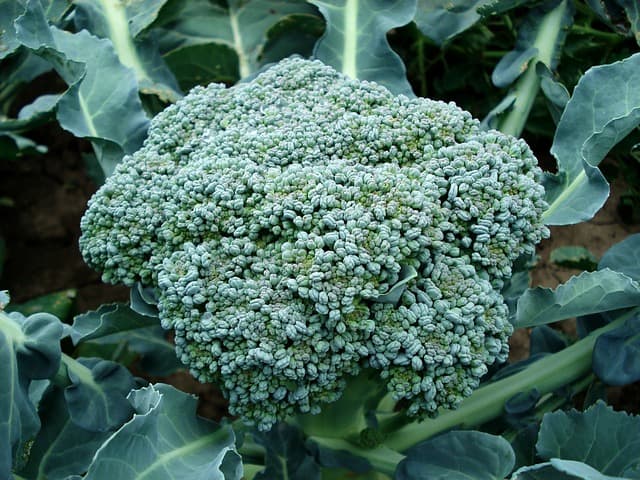
Regarding advantageous nasturtium companion plants, broccoli is among the healthiest and best options. However, since they can typically grow to a maximum height and width of 2 feet, you won’t need several (unless you have a large garden or need to fill bigger flower beds.
Mature Size: 18 – 30 inches tall and 12 – 24 inches wide
Flowering: Some broccoli take between 55 and 70 days to reach maturity. You might only have to hold out a little bit longer. Eat the leaves of your broccoli if it still lacks a head.
Key Features: Fresh broccoli should have sturdy stems, tight bud clusters, and a dark green color. A fast-growing annual plant, broccoli may reach heights of 24–35 inches.
07 Cabbages
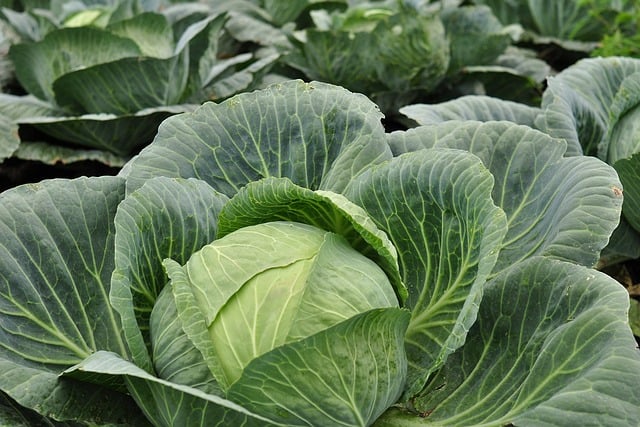
Plants in the cabbage family make excellent floral partners as well. Compared to other goods on our list, they are comparatively smaller and once matured, they have a nice appearance.
Mature Size: 12 – 24 inches tall and 12 – 24 inches wide
Flowering: Flowering kale and cabbage can develop in between 75 and 90 days if planted from seed.
Key Features: All varieties of cabbage have spongy, hairless leaves coated in a waxy covering that frequently gives the leaves a gray-green or distinct color. The plants thrive in warm to cool climes and can withstand frost; some varieties may also withstand harsh freezing during specific developmental stages.
08 Cauliflower
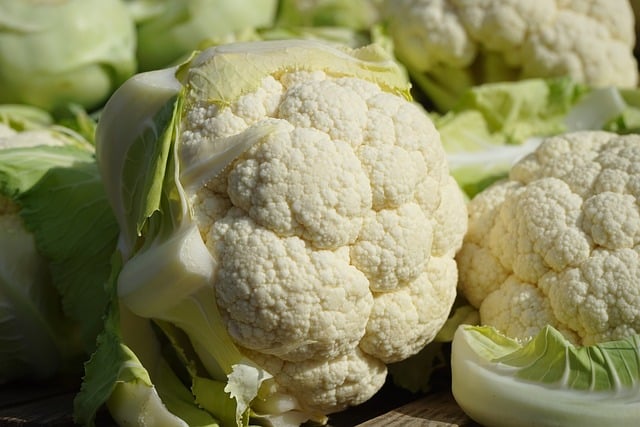
Another very nutritious and advantageous companion vegetable for your consideration is cauliflower, often known as white broccoli and undoubtedly used by kids worldwide.
Mature Size: 12 – 30 inches tall and 12 – 24 inches wide
Flowering: Cauliflower takes between 50 to 100 days to be ready for harvest, depending on the cultivar.
Key Features: Cauliflowers grow to a height of approximately 1.5 feet and have broad, spherical foliage that resembles collards. The terminal cluster develops a solid, succulent “curd,” or head, a grouping of flowers, as is wanted for food.
09 Kale

Given that they seldom grow to be more than 1 – 2 feet in height and broad and that there are many different types, kale makes a wonderful companion plant for nasturtiums. They also give a unique visual element to your flowers or garden.
Mature Size: 12 – 14 inches tall and 12 – 24 inches wide
Flowering: Kale flowers in the spring and fall and will take 12 to 14 weeks from planting to start flowering.
Key Features: A cluster of long leaves with waved to frilled borders are produced by kale plants.
10 Radishes
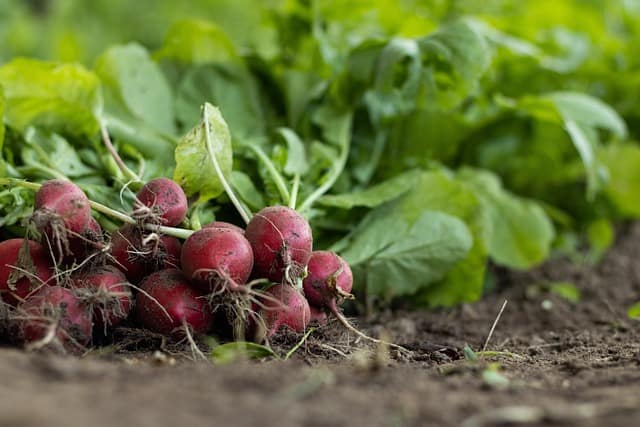
These tiny fellows are among the greatest root vegetables to grow with other plants. Nasturtium, which performs poorly in richer soils, can absorb many of the soil’s nutrients.
Mature Size: 6 – 8 inches tall and about an inch wide
Flowering: Radishes typically reach maturity 3 to 4 weeks after planting or in 21 to 30 days.
Key Features: A family of root vegetables known as radishes has light-colored, crisp flesh, varied skin color, and a flavor that is nearly spicy and peppery.
Summary
Nasturtiums have various advantages as well to their delectability, vitamins, and aesthetic appeal as companion plants for other vegetation in the yard.
Companion planting refers to carefully placing several plants in a garden bed. This technique may enhance your garden’s appearance, deter common pests, attract beneficial insects, attract pollinators, and enhance the flavor of many vegetables.
Frequently Asked Questions
Can nasturtiums be planted with basil?
Due to their ability to serve as a trap crop, nasturtiums make excellent basil companion plant. Nasturtiums will draw pests away from basil when grown close to the herb. Nasturtiums are another plant that brightens the yard and has tasty blossoms. Herbs are excellent basil companion plants as well.
Can nasturtium be planted with herbs?
Combine nasturtiums with parsley, sunflowers, strawberries, veggies, and strawberries. Nasturtiums are reputed to deter squash bugs, cabbage pests, and whiteflies. Hummingbirds are attracted to Nasturtium blossoms.
Can tomatoes and nasturtiums be planted together?
Nasturtiums and marigolds, which should not be confused with calendula, are good companion plants for tomatoes.
Do nasturtiums like to be crowded?
If the little plants seem overcrowded in the container, thin them down. One vigorous plant is sufficient in a small pot, while a couple of plants may fit in a bigger pot. Simply remove the weaker plants from potted nasturtiums and let the stronger ones keep developing.

Hey, I’m Lisa and I’ve been an avid gardener for over 30 years. I love writing, talking and living in the garden! Feel free to connect with me on my socials below

